In the United Kingdom, social mobility has gained more attention in recent years, particularly in relation to early career opportunities and their impact on an individual’s life trajectory. Social mobility refers to the movement of individuals or groups between different socio-economic positions within society—either upward (improving one’s social status) or downward. The impact that early career choices can have on social mobility cannot be overstated. The decisions made in the formative years of one’s professional life often set the stage for future opportunities, earning potential and overall quality of life.
Currently, the state of social mobility in the UK presents a complex picture. While progress has been made in some areas, significant challenges remain. The article explores the social mobility landscape and offers ways your early careers recruitment program can make a difference.
Historical Context of Social Mobility & Work
To understand the current state of social mobility in the UK, it’s essential to consider the historical context of social class in the country. Traditionally, British society was stratified, with divisions between the working class, middle class and upper class, which often determined an individual’s life chances from birth.
Over the past century, however, there has been a gradual evolution in social mobility. The post-World War II era saw significant changes, with the establishment of the welfare state, expansion of educational opportunities, and changes in the labour market contributing to increased social mobility. The 1950s and 1960s, in particular, are often referred to as the “golden age” of social mobility in the UK.
Key policies and reforms have played a crucial role in shaping social mobility. The Education Act of 1944, which introduced free secondary education for all, was a landmark policy. The expansion of higher education in the 1960s and 1970s, including the establishment of new universities, also opened up opportunities for many. More recently, initiatives such as the introduction of the National Minimum Wage in 1999 and the Equality Act 2010 have aimed to reduce economic disparities and discrimination.
Current Challenges for Social Mobility in Early Careers
Despite progress, significant challenges remain in achieving social mobility, particularly for early careers talent. These challenges can be broadly categorized into three main areas: education disparities, employment opportunities, and socioeconomic factors.
Education Disparities
Access to quality primary and secondary education remains uneven across the UK, creating a foundation for career inequalities that can persist throughout an individual’s life. Schools in disadvantaged areas often struggle with limited resources and difficulties in recruiting and retaining experienced teachers. This creates a challenging environment where students from working-class backgrounds must overcome significant obstacles to compete with their more privileged peers.
While overall university participation has increased in recent decades, students from disadvantaged backgrounds continue to face significant barriers in accessing higher education, particularly at elite institutions. Those who do secure places at universities often face additional challenges that their more privileged peers may not encounter, including financial pressures, lack of academic support networks and the need to balance studies with part-time work. These factors contribute not only to lower completion rates but also to reduced opportunities for networking, internships and extra-curricular activities that are often crucial for early career success.
Moreover, those who do attend are more likely to drop out before completing their degrees. Recent data from the Office for Students highlights that students from the most deprived backgrounds are significantly less likely to complete their university courses, with only 82% finishing their studies compared to 92% of students from the most advantaged groups. This 10-percentage point gap represents thousands of talented individuals whose potential remains unfulfilled.
The compounding effect of these educational disparities creates a concerning pipeline problem for social mobility in early careers. When students from working-class backgrounds face barriers at each stage of their educational journey, their ability to compete for prestigious graduate schemes and career advancement opportunities is significantly compromised. This perpetuates existing social inequalities and limits the diversity of talent that organizations can access.
Employment Opportunities
The transition from education to employment represents a critical juncture where social mobility often stalls, particularly in the realm of internships and entry-level positions. Recent research by the Sutton Trust reveals a troubling picture of how internships—increasingly essential for launching successful careers—have become a mechanism that reinforces rather than reduces social inequality.
Thirty-one percent of new graduates secured full-time employment through internship experience. However, access to these crucial opportunities remains heavily skewed by social class. The data shows a stark disparity: while 55% of middle-class graduates complete internships, only 36% of their working-class peers do the same. More concerning still, this gap has widened from 12 to 19 percentage points since 2018, indicating that the problem is getting worse, not better.
The financial barriers to accessing internships are substantial. The research reveals that 61% of internships offer inadequate compensation with 23% paying less than minimum wage and 21% entirely unpaid. This creates an obvious barrier for those from less privileged backgrounds. The impact is clear in the finding that 40% of unpaid interns rely on parental financial support—up significantly from 26 percent in 2018—effectively excluding those whose families cannot afford to subsidize their early career development.
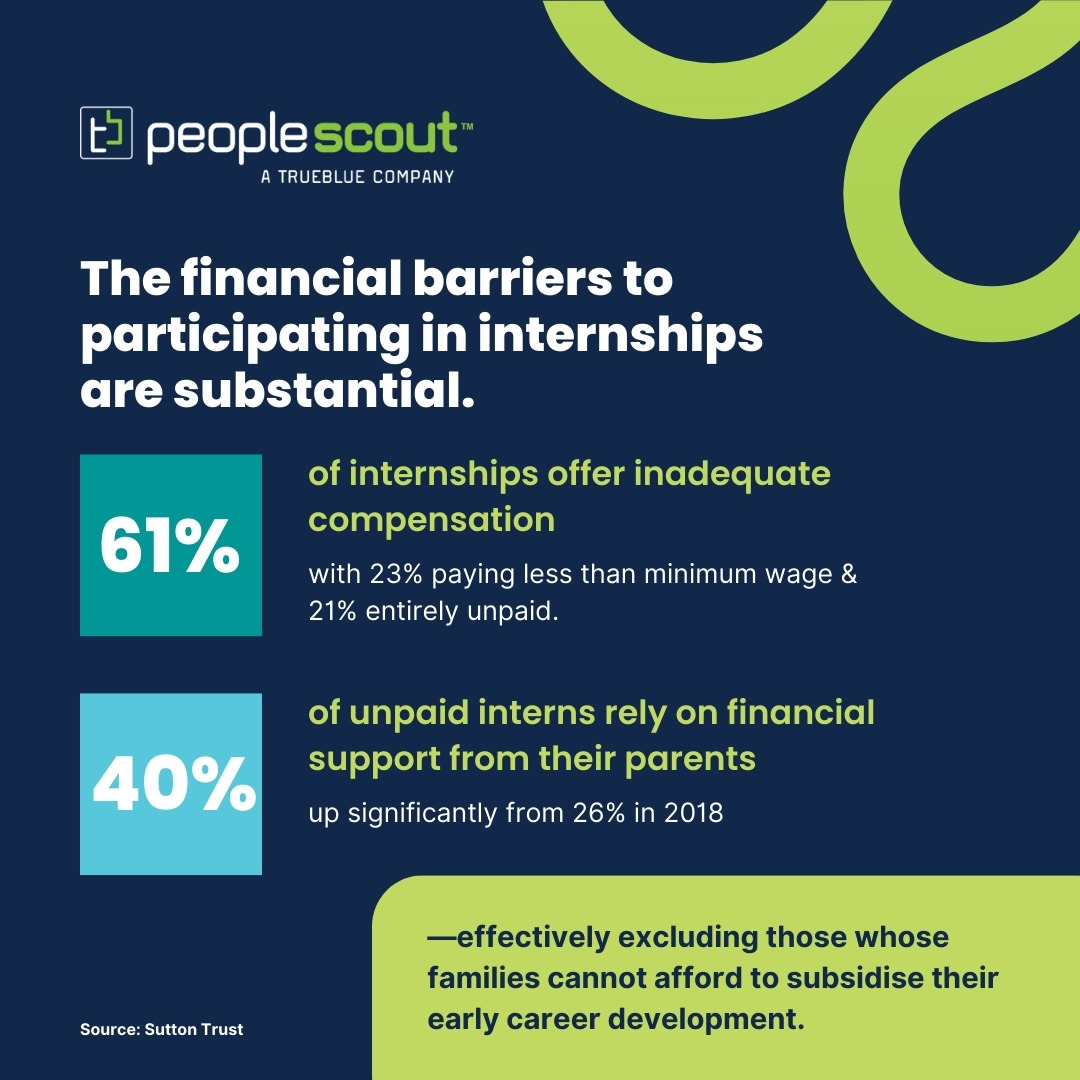
The problem is compounded by how these opportunities are distributed. Internships are almost twice as likely to be secured through family and friends who work within an organization compared to through advertised positions. This “hidden job market” creates a double disadvantage for working-class graduates: not only are they less likely to be able to afford unpaid or low-paid internships, but they are also less likely to have the social connections necessary to access these opportunities in the first place.
Socioeconomic Factors
The interplay between educational disparities and employment barriers reveals a deeper structural challenge: how socioeconomic advantages create self-reinforcing cycles that perpetuate inequality across generations. This system of inherited privilege manifests in both obvious and subtle ways, creating what many now refer to as the “nepo baby” phenomenon—where family connections and inherited social capital play an outsized role in career advancement.
Those from privileged backgrounds often have access to “social capital”—a network of relationships that can provide insider knowledge about opportunities, make introductions to hiring managers and offer informal mentoring. This can be as valuable as formal qualifications, creating a parallel pathway to success that remains inaccessible to those outside these networks.
This advantage is compounded by the rising cost of living, particularly in major urban centres where higher paying career opportunities are concentrated. Those from wealthy families can afford to take unpaid internships, pursue additional qualifications, take career risks, and build professional networks through expensive social activities and events.
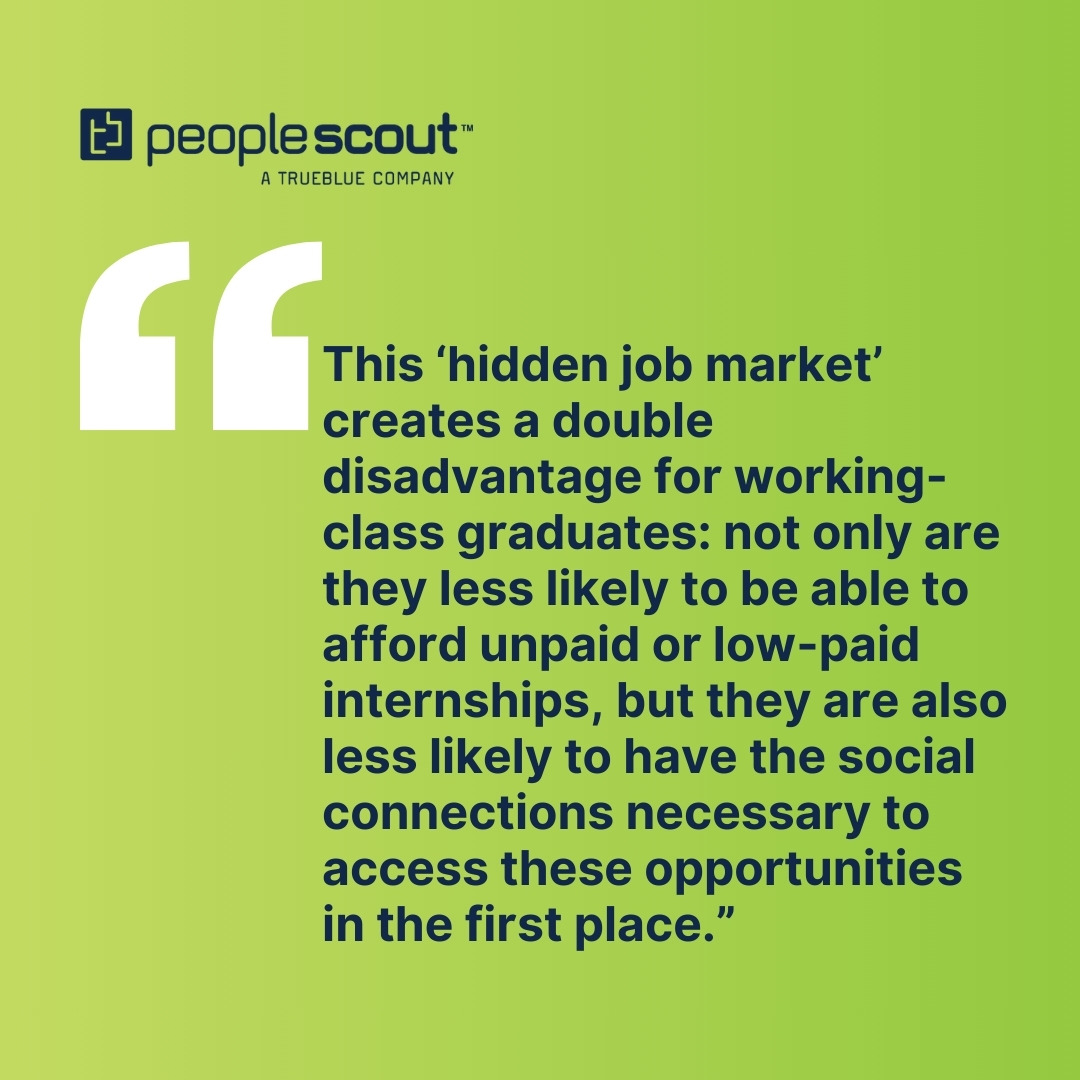
Meanwhile, those from working-class backgrounds face financial constraints that force them to prioritise immediate income over long-term career development. The rising cost of living, coupled with stagnant wages in many sectors, makes it increasingly difficult to save money or invest in further education and training that could enhance their career prospects.
The impact of these socioeconomic factors extends beyond individual careers to shape entire organizational cultures. When leadership positions are disproportionately filled by those from privileged backgrounds, it can create blind spots in understanding the barriers faced by others and perpetuate hiring and promotion practices that favour candidates with similar backgrounds.
Recruitment Best Practices to Improve Social Mobility in Early Careers
To effectively promote social mobility in early careers, organizations need to implement fair and inclusive recruitment practices, particularly during the critical assessment centre stage. The following best practices can significantly improve fairness and support for candidates from diverse backgrounds, helping to break down the systemic barriers identified earlier in this article.
Contextual Recruitment
Academic achievements and experience must be evaluated within the context of a candidate’s circumstances in order to achieve a fair assessment. Contextual recruitment are practices that acknowledge and accommodate the limiting and complex factors influencing applicants from deprived circumstances.
Tactics to consider:
- Contextualized Applications: Implement systems that consider candidates’ achievements in the context of their background. For example, an applicant who achieved ABB at A-level while attending a low-performing school and facing socioeconomic challenges might be considered equivalent to a candidate with AAA from a high-performing school in an affluent area.
- Diverse Shortlisting: Review shortlists for interviews and assessment centres to ensure they include a balanced representation of candidates from various socioeconomic backgrounds.
Inclusive Assessment Design
Traditional assessment methods can inadvertently favour candidates from privileged backgrounds who have had more exposure to professional environments, support from education and practice, and guidance on formalised testing. A well-designed assessment evaluates capability and potential through multiple lenses, giving all candidates the opportunity to demonstrate their capabilities.
Tactics to consider:
- Accurate and Updated Assessment Criteria: The assessment criteria against which candidates are evaluated often contain implicit and invisible class-based definitions of what good looks like. This can effectively disadvantage candidates from lower socioeconomic backgrounds throughout the assessment process and reduce hiring diversity. Reviewing the criteria for these risk factors and updating them is an important first step in increasing diverse socioeconomic inclusion.
- Varied Assessment Methods: Use a mix of assessment techniques (e.g., interviews, group exercises, situational judgement tests) to allow candidates different opportunities to showcase their abilities.
- Skills-Based Assessments: Focus on assessing skills and potential rather than prior experience or knowledge that may be more influenced by socioeconomic factors.
- Blind Evaluations: Where possible, use blind evaluation techniques to reduce unconscious bias. For example, remove names and educational institutions from written assessments.
- Constructive Feedback: Offer detailed, constructive feedback to all candidates, regardless of outcome. This can be particularly valuable for candidates from disadvantaged backgrounds who may have had fewer opportunities for professional development.
Preparation and Support
Many talented candidates from disadvantaged backgrounds may be unfamiliar with corporate recruitment processes or lack the resources to prepare effectively. You can level the playing field by providing comprehensive support before the assessment.
Tactics to consider:
- Pre-Assessment Information: Provide detailed information about the assessment process in advance, including what to expect, how to prepare and what will be assessed. This helps level the playing field for candidates who may not have access to insider knowledge or coaching. Include guidance on how candidates should and shouldn’t use Gen AI tools in their preparation to ensure candidates from all socioeconomic backgrounds take the opportunity to use them to prepare.
- Practice Materials: Offer free, accessible practice materials and sample assessments to all candidates. These provide proportionately more benefit to those who have had limited access to resources already by virtue of their deprived educational or social background.
- Travel and Accommodation Support: For in-person assessment centres, offering support with travel costs can ensure financial constraints don’t prevent talented candidates from attending.
Assessor Training and Diversity
The quality and composition of assessment panels significantly impact the fairness of recruitment processes. Well-trained, diverse panels are better equipped to recognize potential across different backgrounds and experiences.
Tactics to consider:
- Unconscious Bias Training: Provide comprehensive unconscious bias training to all assessors involved in the recruitment process.
- Diverse Assessment Panels: Ensure assessment panels are diverse in terms of gender, ethnicity and socioeconomic background to bring a range of perspectives to the evaluation process.
- Structured Interviews: Use structured interview techniques with pre-determined questions and scoring criteria to ensure consistency in scoring methodologies and reduce potential bias.
Feedback and Continuous Improvement
Creating a fair recruitment process requires ongoing evaluation and refinement. Organizations should establish robust feedback mechanisms to understand what works and what needs improvement.
Tactics to consider:
- Data Analysis: Regularly analyse recruitment data to identify any patterns of bias or areas where candidates from certain backgrounds may be disproportionately disadvantaged.
- Candidate Surveys: Conduct anonymous surveys with candidates to gather feedback on the assessment process and identify areas for improvement.
Onboarding Support
Supporting candidates through their transition into the workplace is crucial for long-term success and retention, particularly for those from underrepresented backgrounds.
Tactics to consider:
- Mentoring Programs: Offer mentoring programs to new early career hires, particularly those from underrepresented backgrounds, to support their transition into the workplace.
- Skills Development: Provide additional skills training or support for candidates who show potential but may need to develop specific skills to succeed in the role.
Conclusion
While social mobility in the UK continues to face significant challenges, particularly in the realm of early careers, there are promising developments. Early careers recruitment practices play a crucial role in either perpetuating or breaking down barriers to social mobility. Progressive recruitment strategies can help level the playing field and provide opportunities for talented individuals regardless of their background.
By implementing these best practices, you can not only promote social mobility in early careers but also help your organization identify and nurture talent from a wider pool of candidates, benefiting both the individuals and the organization.
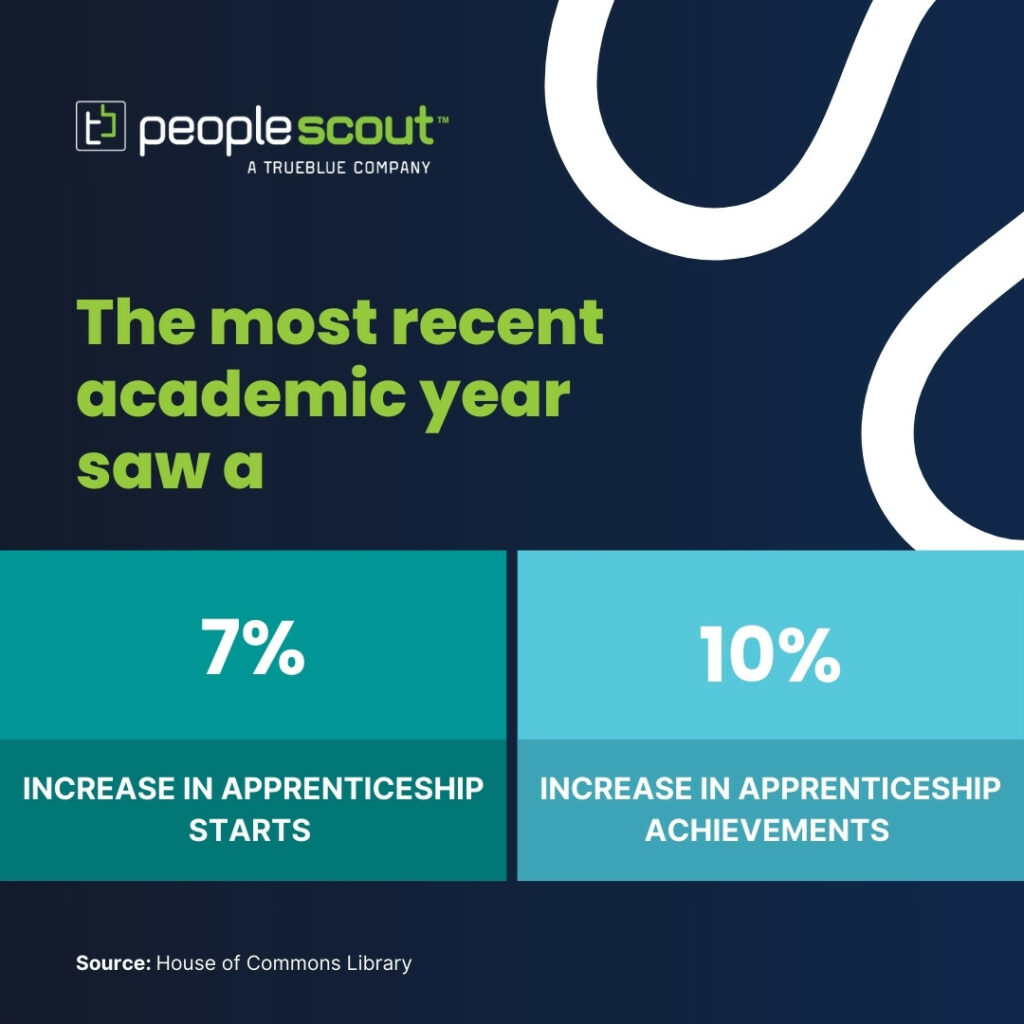
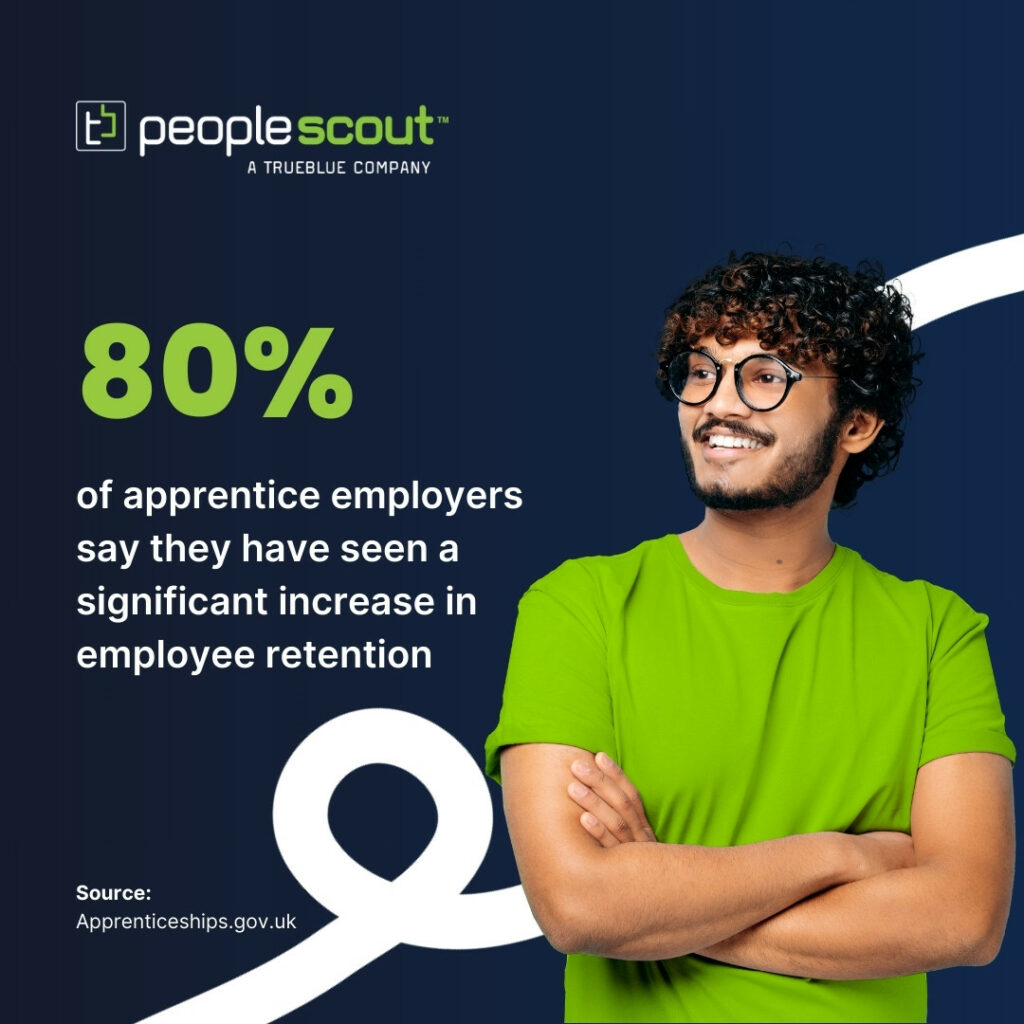
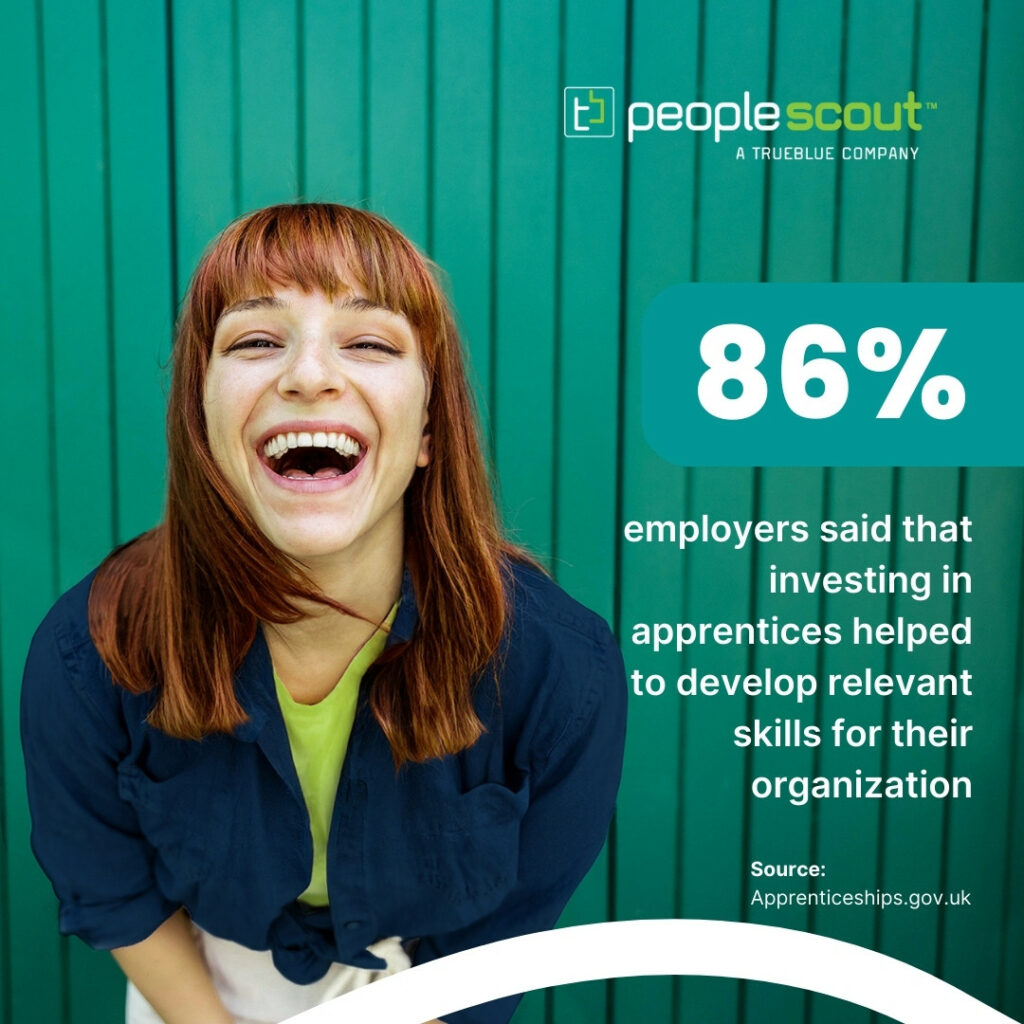
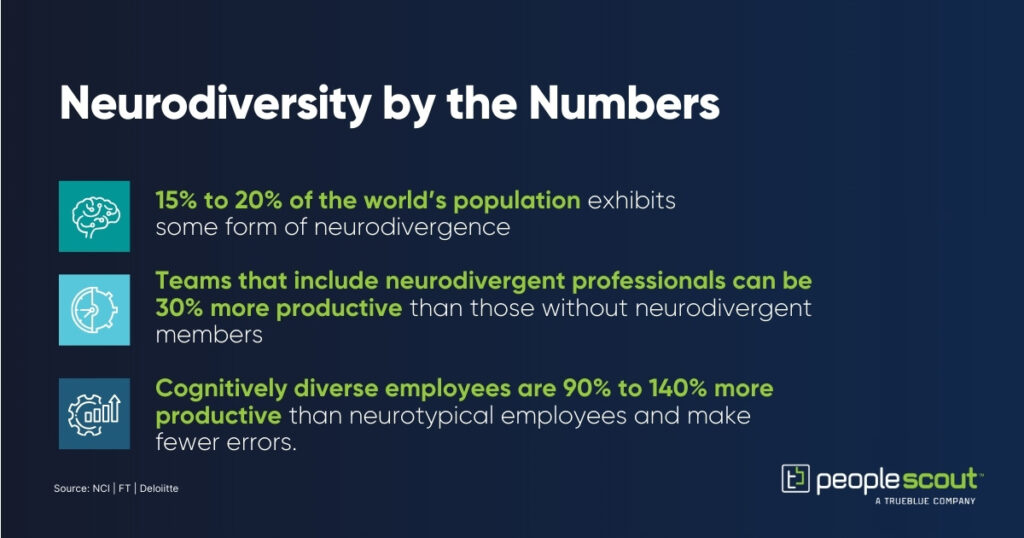
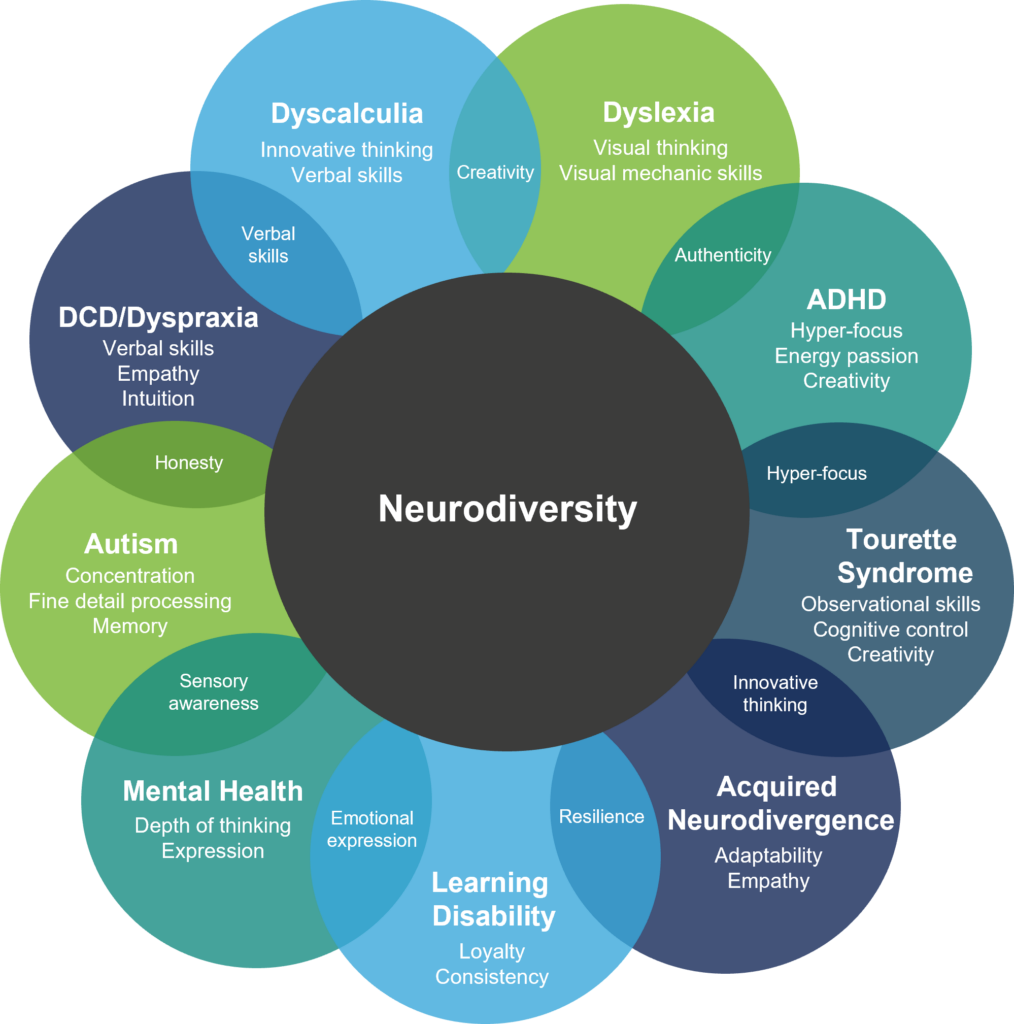
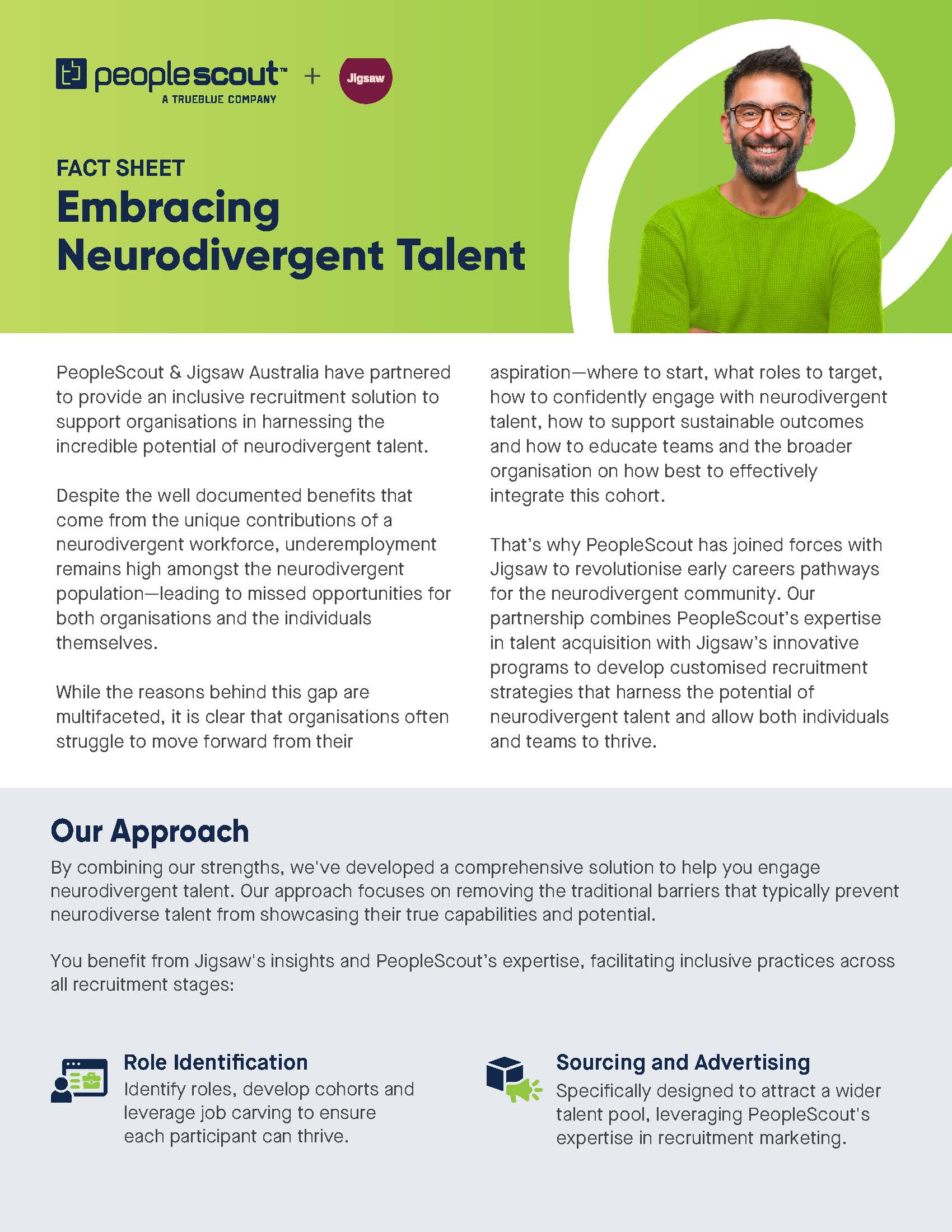

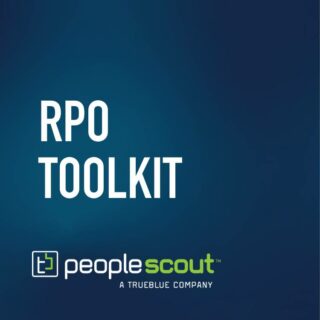

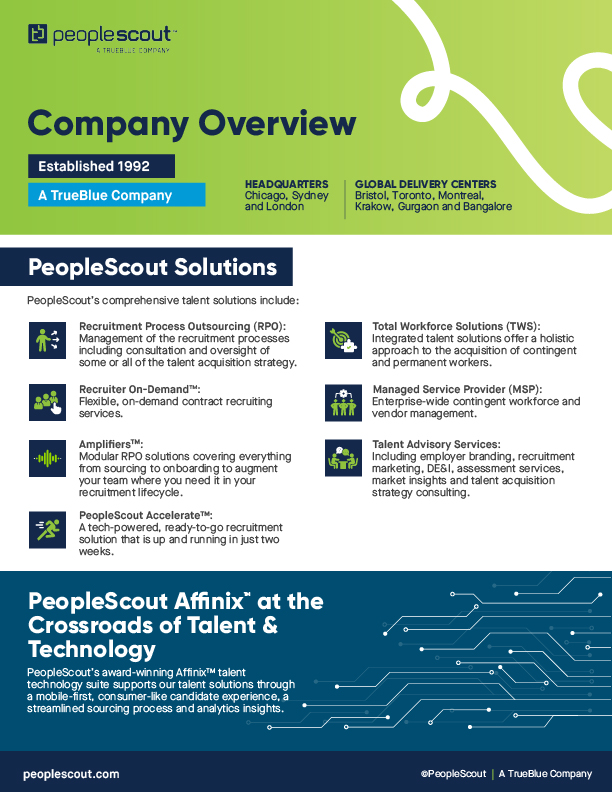

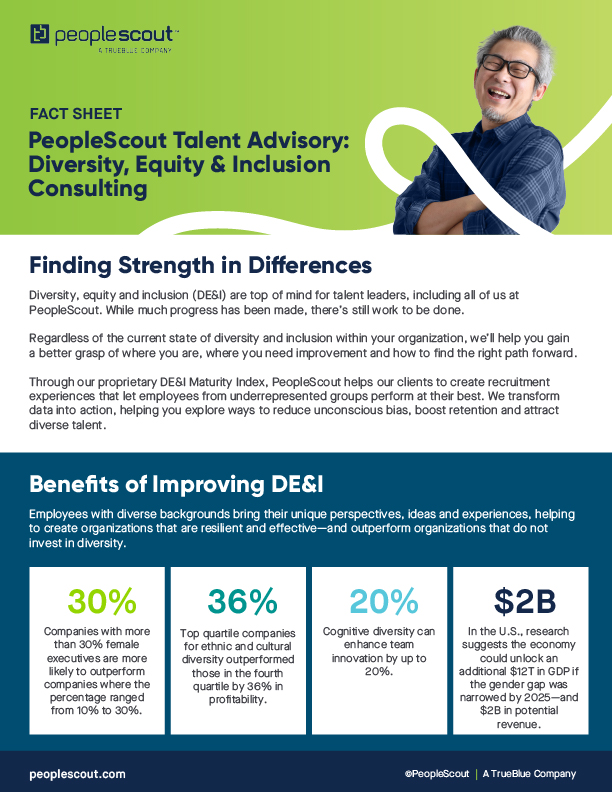

![[On-Demand] The Human Advantage: Redefining Employer Value Proposition for the New World of Work](https://www.peoplescout.com/wp-content/uploads/2023/11/PS-1265_The-Human-Advantage-Webinar-Promo-Materials_social_images-12-320x320.jpg)


